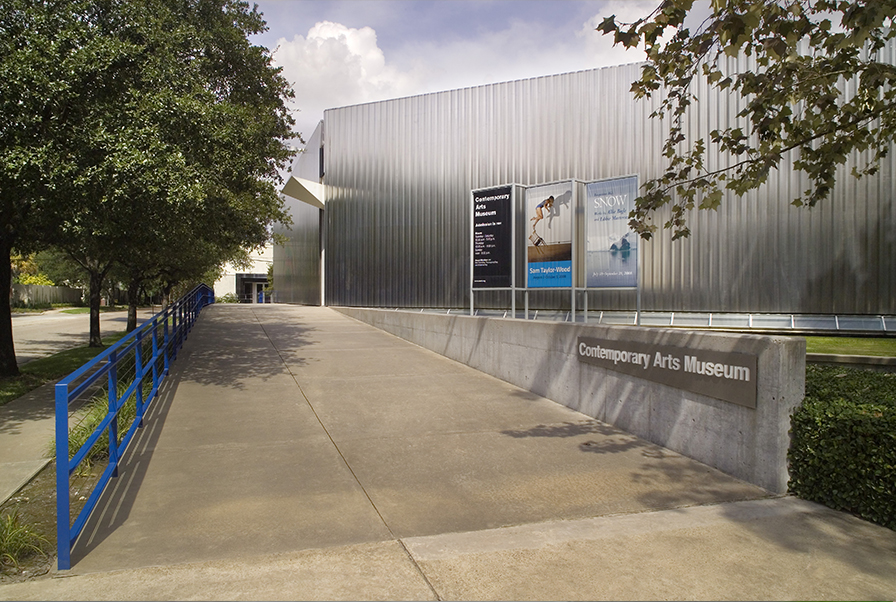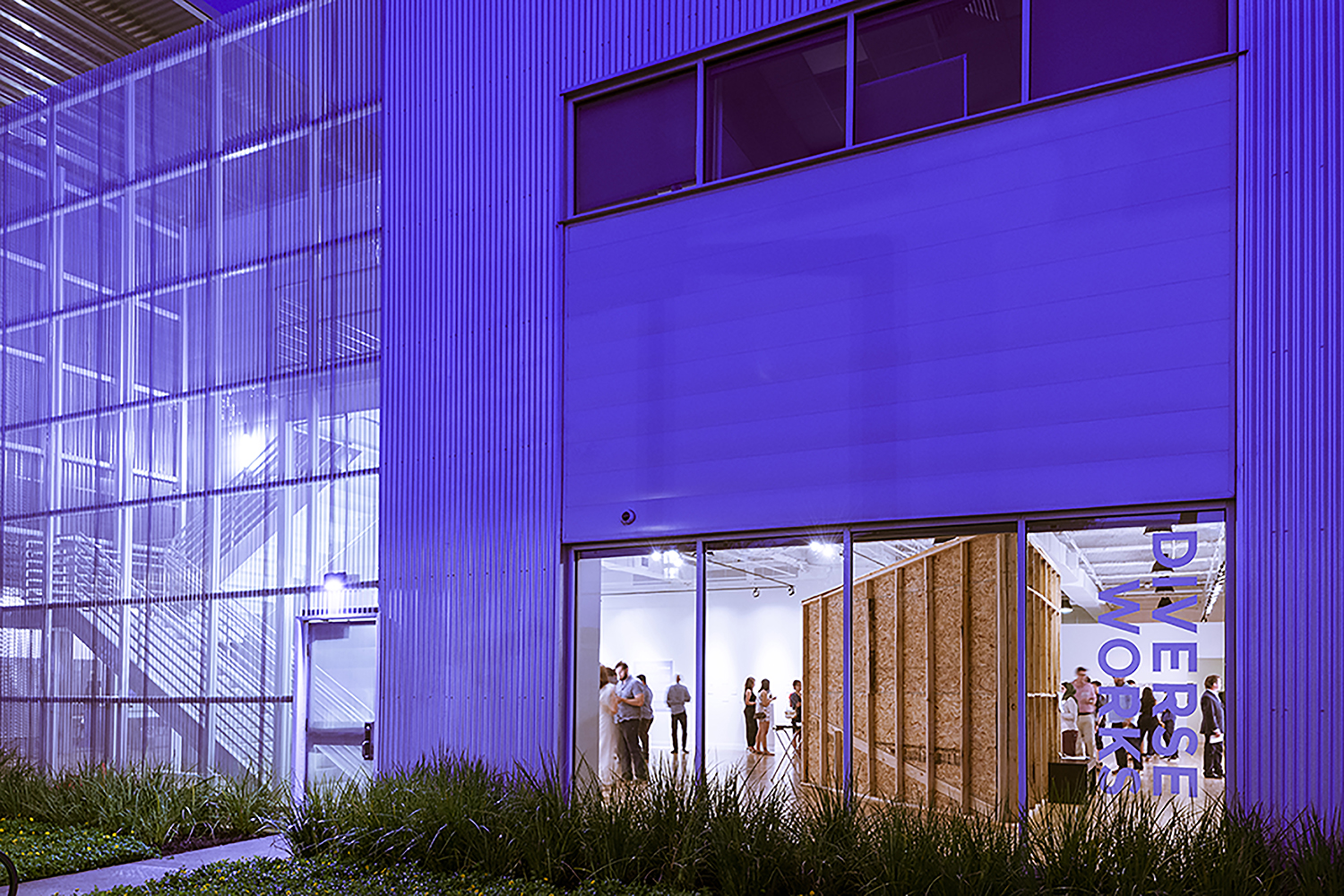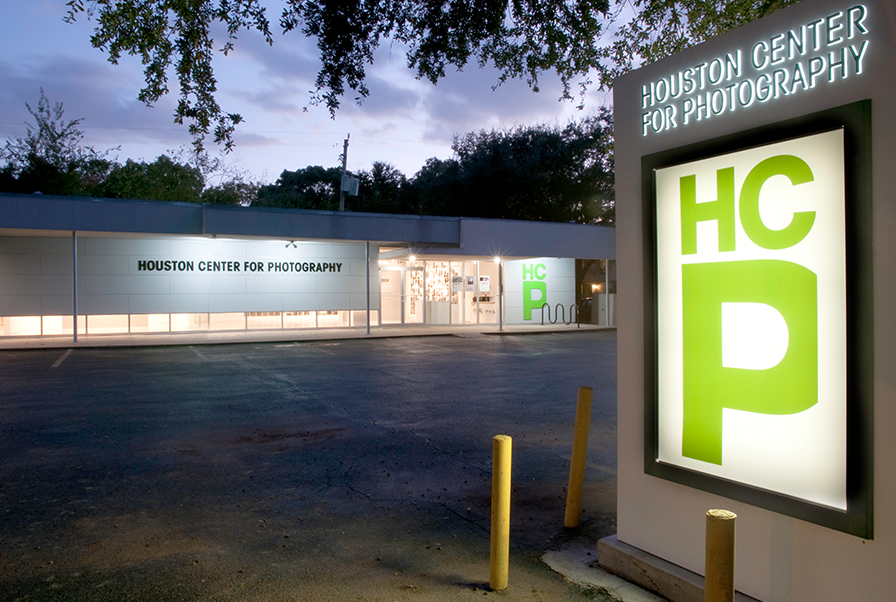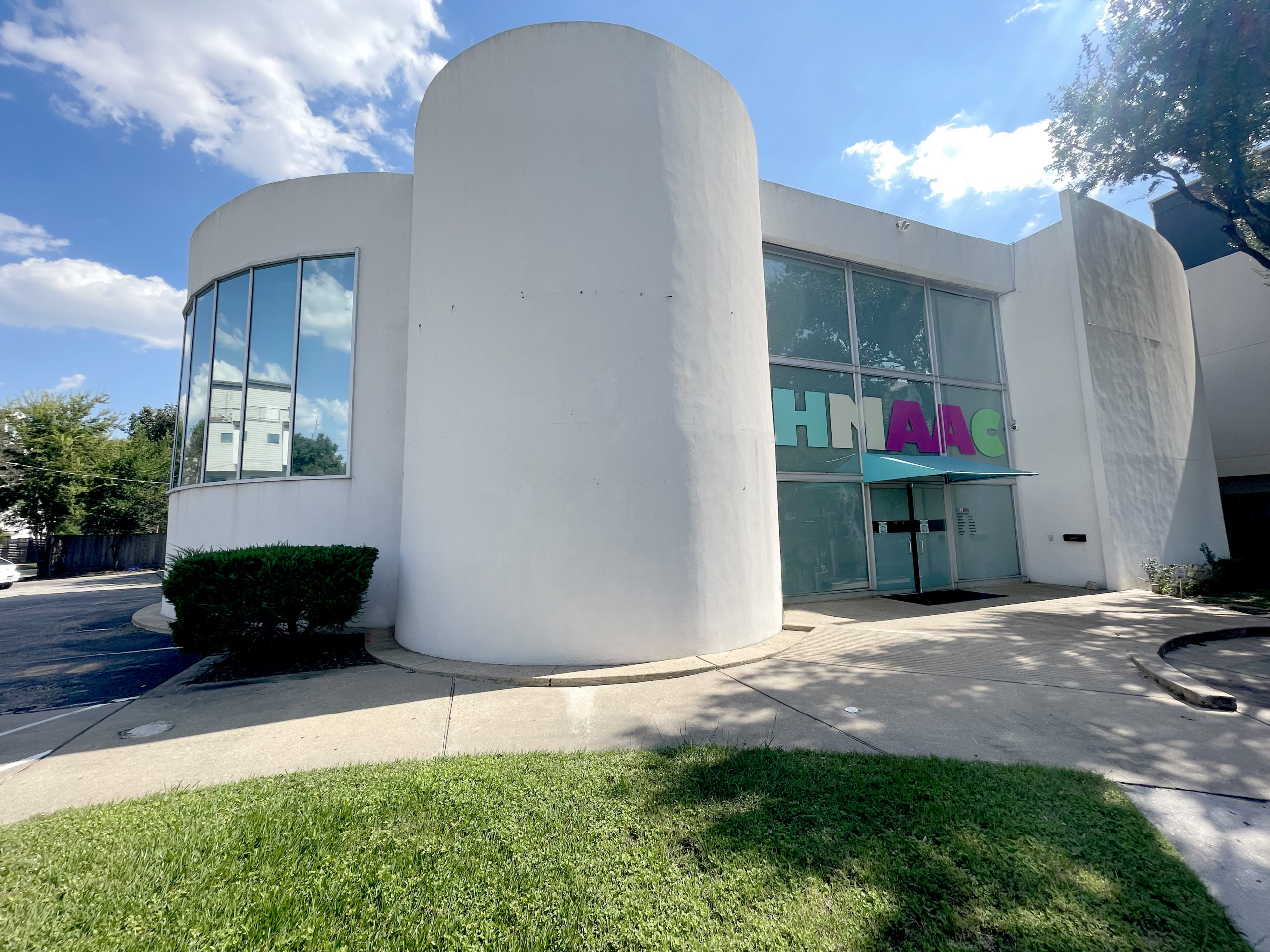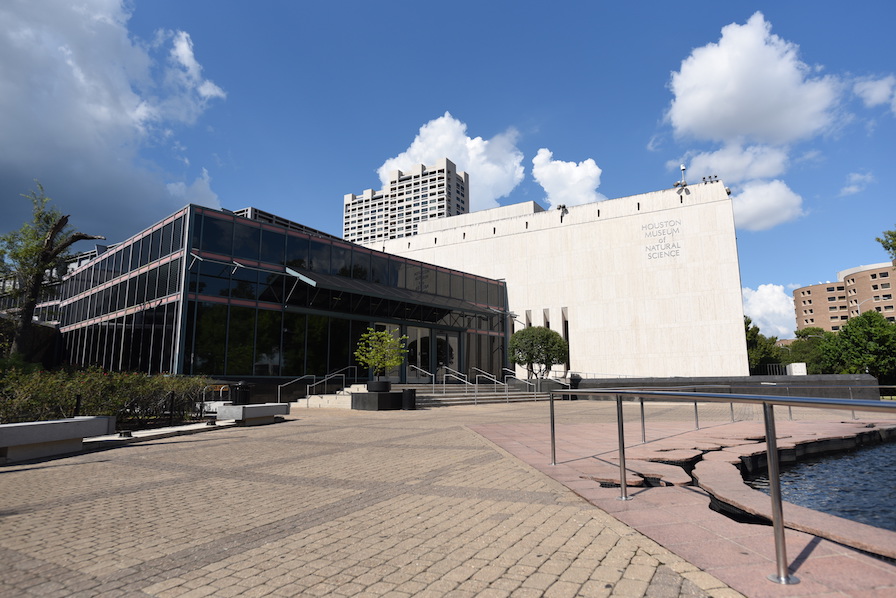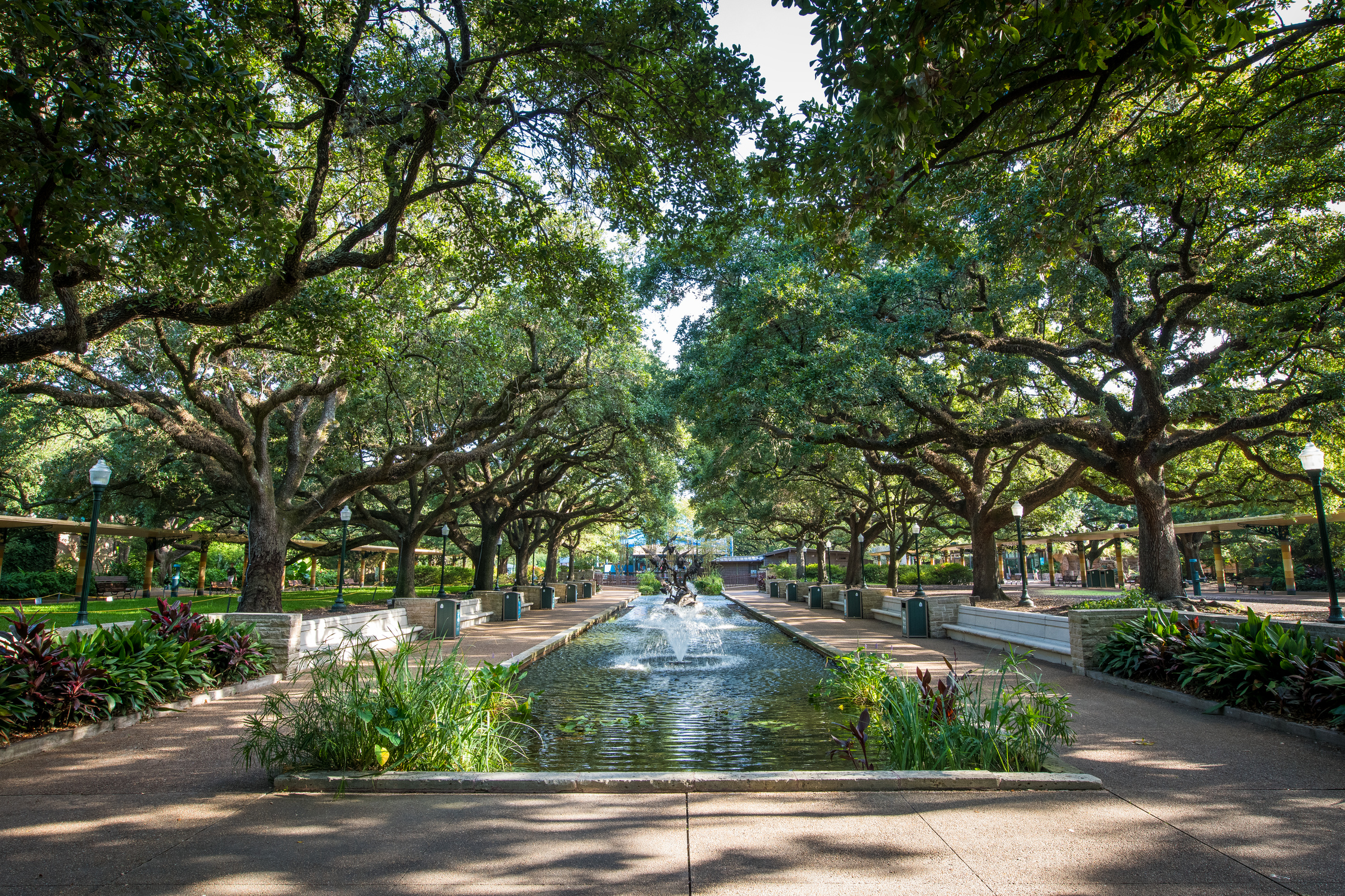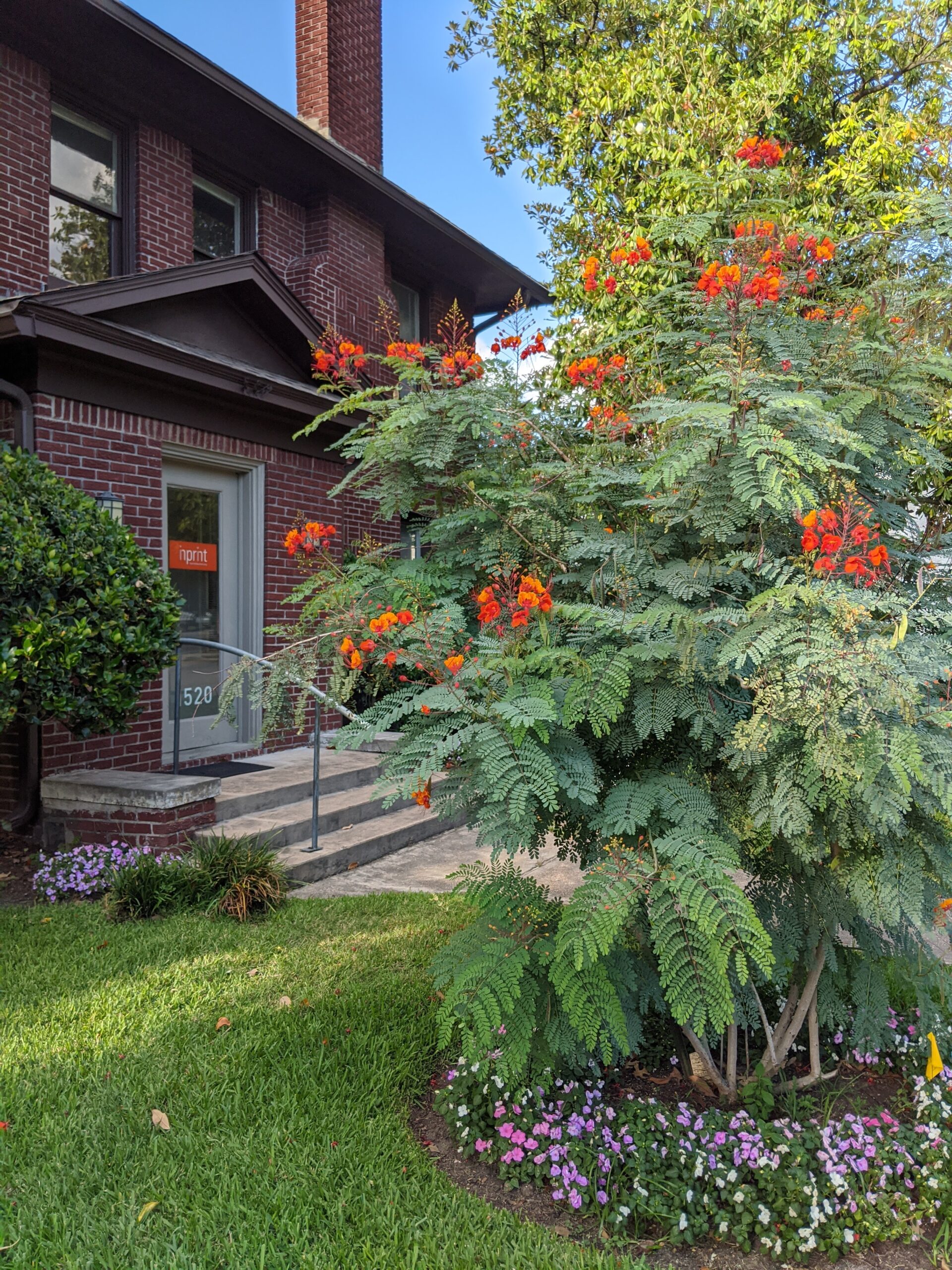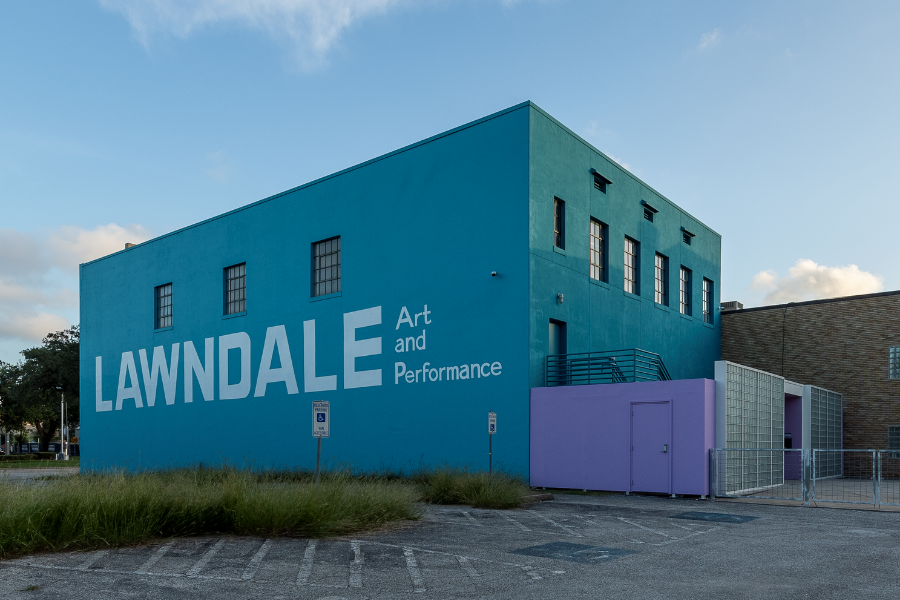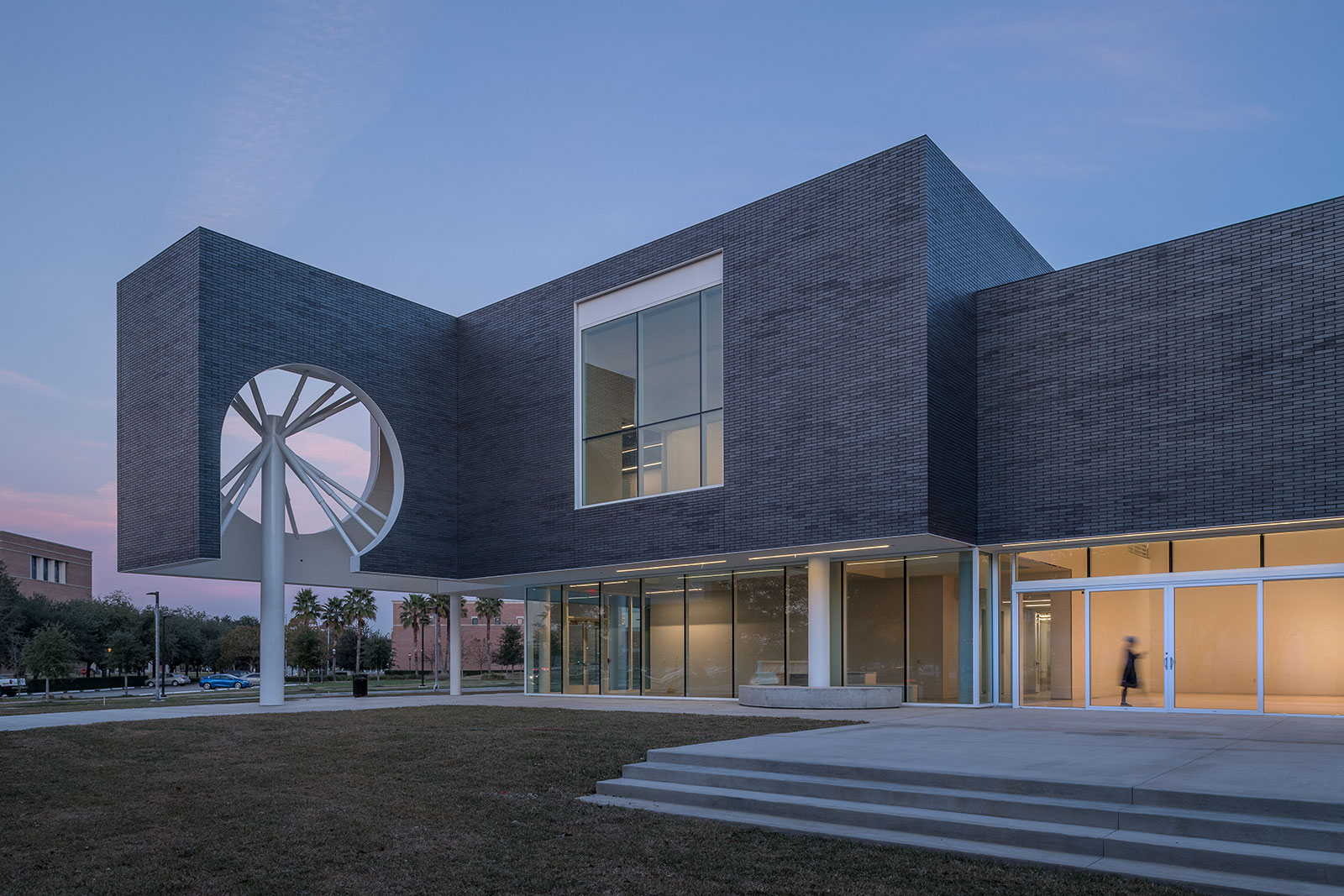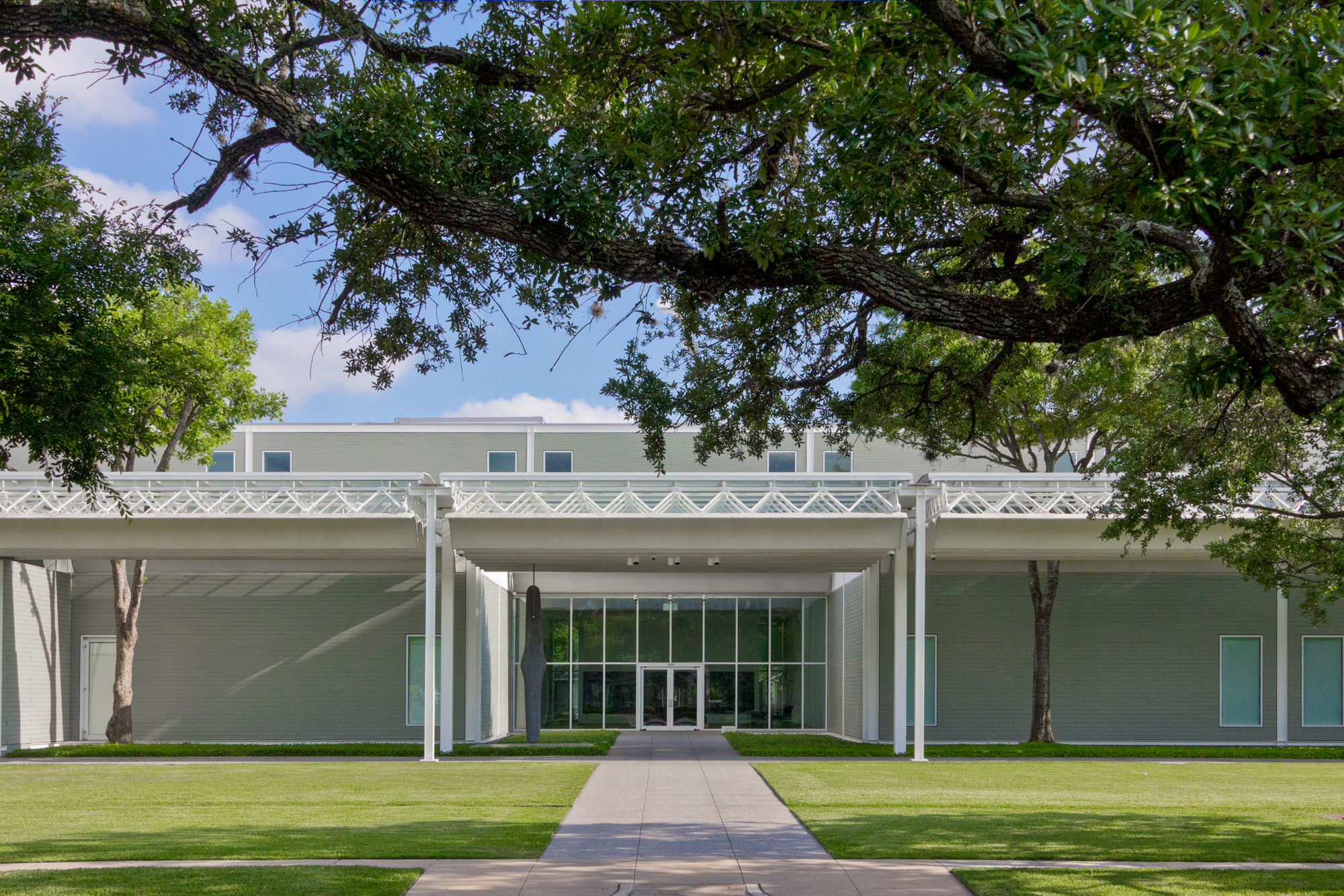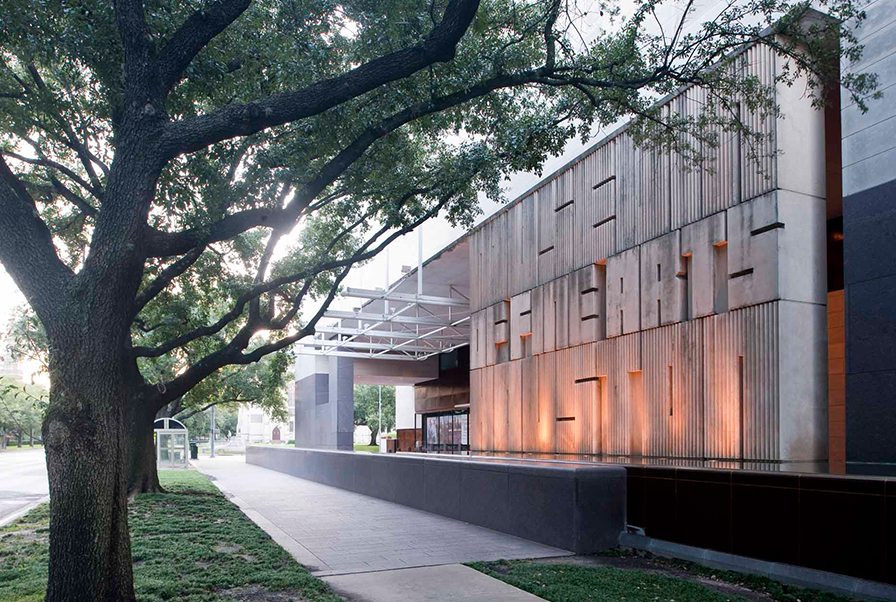Forever Cool: Museums offer antidote to summer heat
All works of art are quite sensitive to light, temperature and humidity, so serious A/C inside museums is a must. Museums constantly “keep their cool” for conservation and preservation measures. This means you can count on our museums for some of the coolest escapes from the hot days of summer.
Within the Houston Museum District, museums such as The Museum of Fine Arts, Houston, Contemporary Arts Museum Houston, The Menil Collection, Rothko Chapel, Houston Center for Contemporary Craft and Asia Society Texas Center have sophisticated systems in place that are monitored 24/7. Houston’s heat and humidity are enemies No. 1 and 2. Exposure to light is also a huge consideration.
Virtually all art museums strive to keep temperatures around 70 degrees F and relative humidity at about 50 percent. “Collections care guidelines and standards are set by both the American institute for Conservation (AIC) and the American Alliance of Museums (AAM) in an attempt to preserve heritage and cultural materials,” says Steve Pine, the Decorative Arts Conservator at The Museum of Fine Arts, Houston. “Any agent of deterioration such as light levels, relative humidity, temperature, pests, handling, poor storage or display conditions will be of concern. These have all been studied for decades and recommendations for best practices have been standardized over time in an effort to improve the care of collections.”
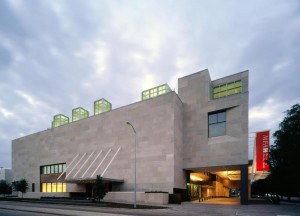
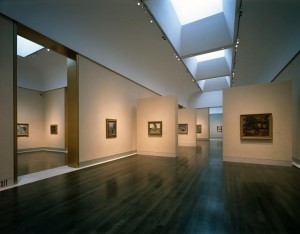
The MFAH’s Audrey Jones Beck building features strategically designed skylights that moderate daylight to prevent damage to artworks. Photos: Aker/Zvonkovic, Courtesy of The Museum of Fine Arts, Houston.
Art looks beautiful in natural light, but direct, unfiltered natural light is not kind to sensitive artworks. Many museums are strategically designed to bring in natural light while filtering out UV rays and channeling the light so it indirectly illuminates gallery areas. Beyond sunlight, the amount of light bulbs and wattage required for each exhibit varies, so thermostats must be calibrated accordingly to make sure the artworks, and therefore museum visitors, stay cool.
“Light damage is cumulative and irreversible,” says Catherine Eckels, Registrar for the Asia Society Texas Center. “Low light levels, turning off gallery lights when not in use, window shades, and UV-coatings on windows help protect the artwork.”
“One of our main responsibilities is to serve as caretakers for the objects on display,” says Elizabeth Kozlowski, Curator at Houston Center for Contemporary Craft. “We protect and preserve artworks for the general public every day through careful handling and protective display.”
“Natural light sources have filtered window and skylight material on them to control UV and skylights are covered with tarps when lower light levels are needed,” says Mike Reed, Deputy Director of Facilities and Risk Management at Contemporary Arts Museum Houston. “When fluorescent bulbs are required in an exhibition, we cover them in UV sleeves to control the UV levels.”
Reed describes why humidity levels are monitored so closely: “Humidity controls are necessary for any display area – it controls physical warping and the bloom of mildews and molds that exist as ‘inherent vice’ in many objects,” says Reed.
Another inherent quality of many museums in the District is unique architecture, but those distinctive designs have occasionally brought climate control challenges. The Rothko Chapel, which opened in 1971, is one example. “The chapel building was designed with a skylight to allow natural light to illuminate the space and artwork,” says Alison Pruitt, Operations Director for Rothko Chapel. “Mark Rothko used his studio in New York as a model for this. However, the sunlight in Houston is harsher, and different variations of skylight scrims and diffusing baffles have been experimented with over the years to filter the harsh sunlight.”
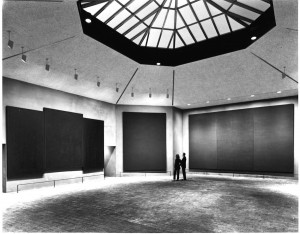
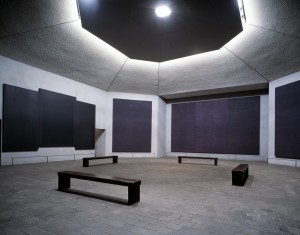
Rothko Chapel’s skylight when the building first opened, and more recently with the baffle in place.
Photos: Hickey-Robertson.
Pruitt explains that the Chapel underwent a major renovation in 2000. “The HVAC and control systems were upgraded, new glass with a UV film was installed in the skylight, a new diffusing baffle was installed underneath, and glass partitions were installed inside the Chapel to separate the entrance foyer from the Chapel proper in order to better seal/protect the climate inside,” says Pruitt.
“Each material — photograph, painting, metal, stone, etc. has its own ideal relative humidity and temperature for its optimal preservation, which are not necessarily the same,” says The Menil Collection’s Chief Conservator Brad Epley. “For example, certain photographs are best maintained at a low temperature that might cause damage to paintings while metals are best stored at lower humidity to minimize corrosion which could have adverse effects on other materials. For widely varying collections, such as the Menil’s, compromise settings are therefore required that are as close to ideal for the majority of the work in a given collection.”


The Menil Collection’s iconic exterior features “leaves” that temper the Texas heat and harsh sunlight.
Newer buildings employ innovative climate control methods. “Because our new building opened just two years ago (2012), we were able to plan for the required environmental conditions in our gallery at the outset,” says Jarrett Shorten, Security & Operations Manager for the Asia Society Texas Center’. “Our Geothermal System is a unique energy-efficient heating and cooling system. This is the first use of its kind in a commercial building in Houston. By cooling the water system and heat pump units, it allows for energy-efficient heat transfer to the earth for cooling and heating loads within the building. The Texas Center’s geothermal heating and cooling provides a 15 to 20 percent energy savings compared to a conventional system.”
Whether you have half an hour or half a day, you can duck into your choice of the 19 museums in the District for a seriously cool experience — all summer long.




